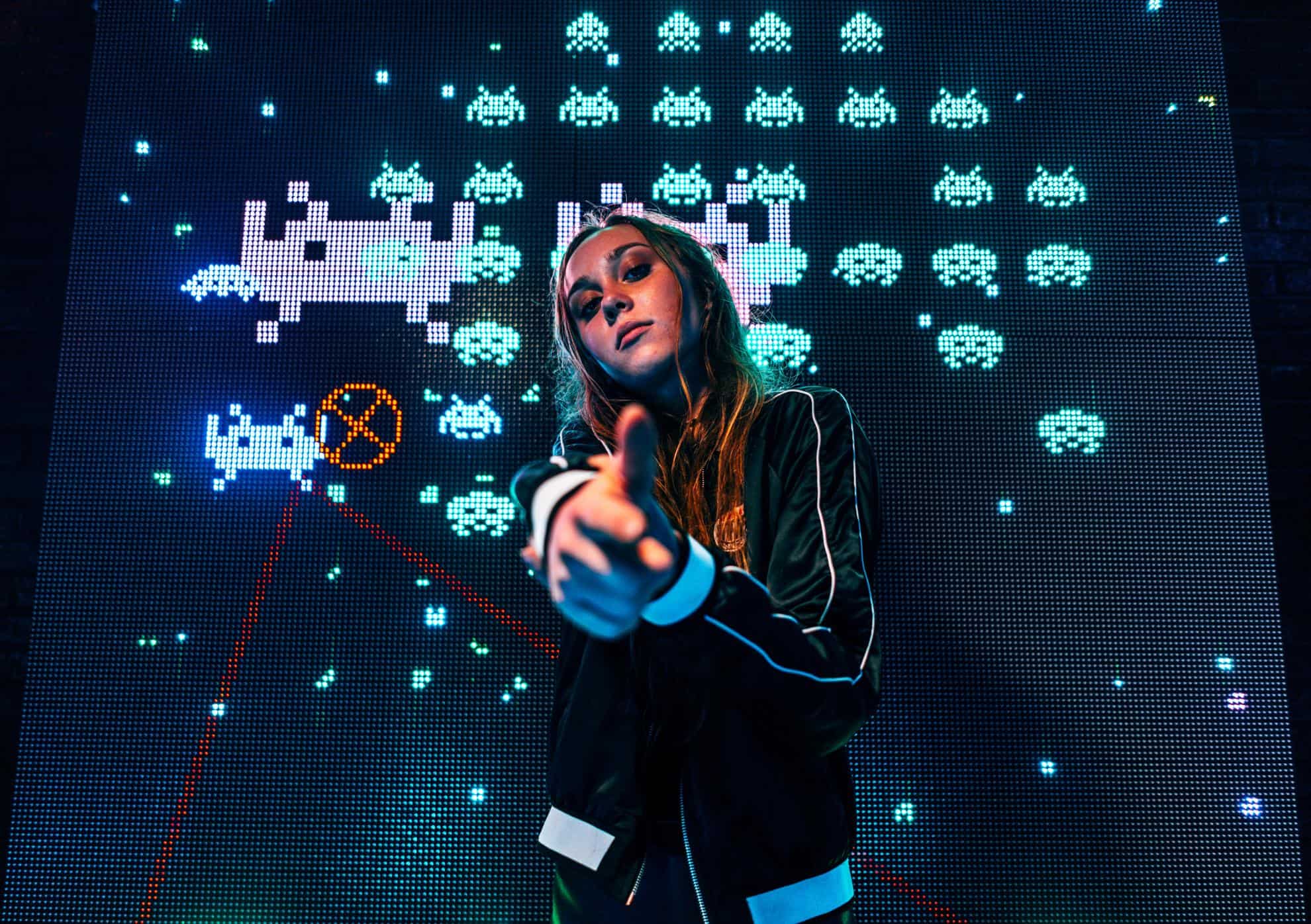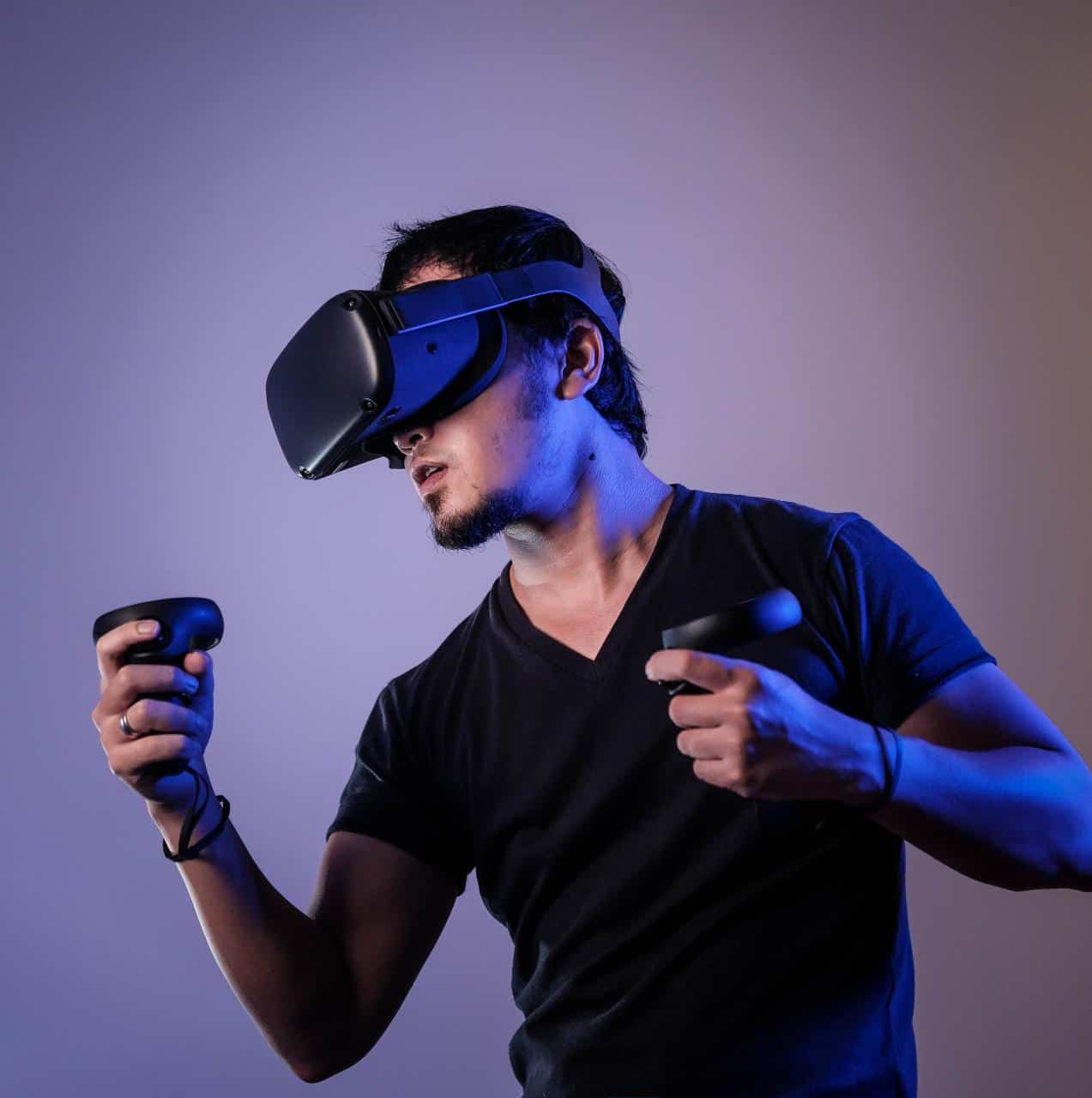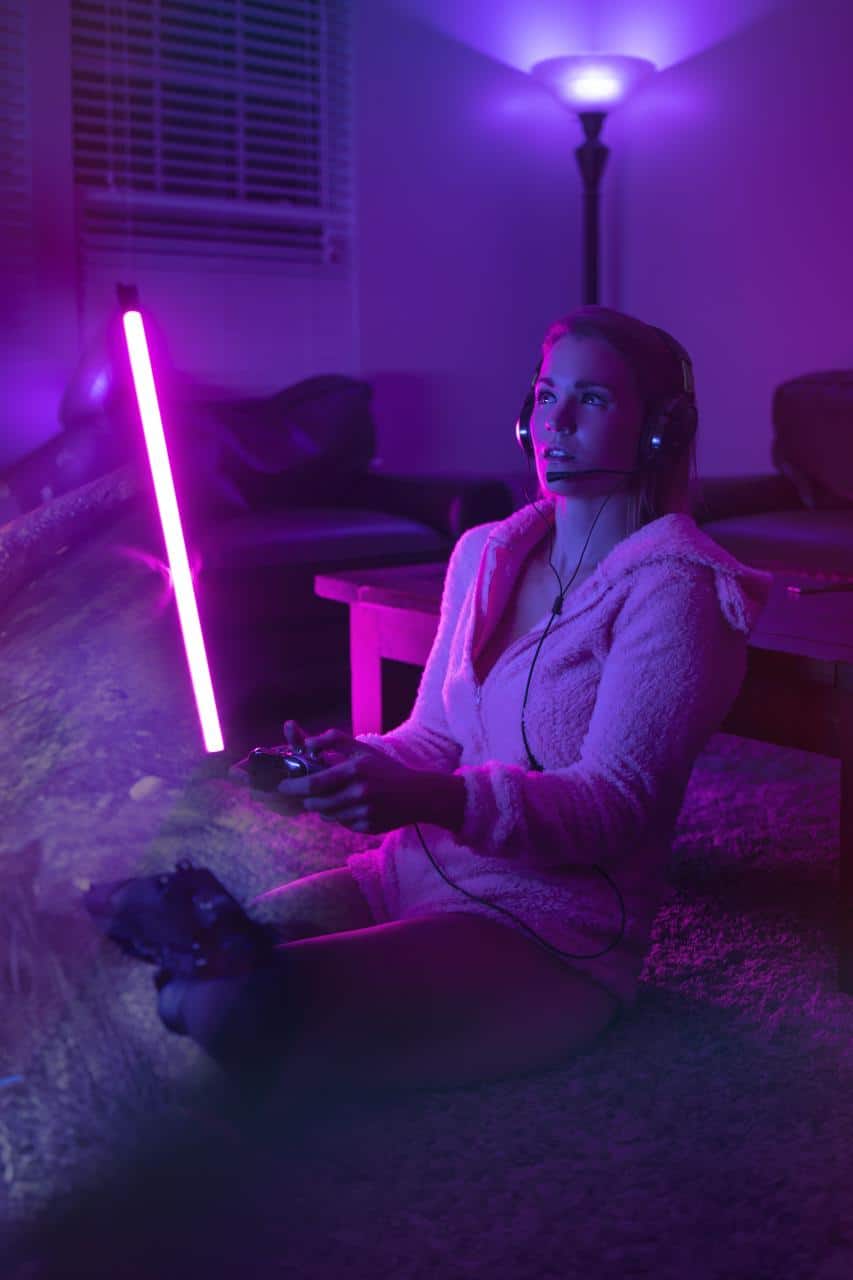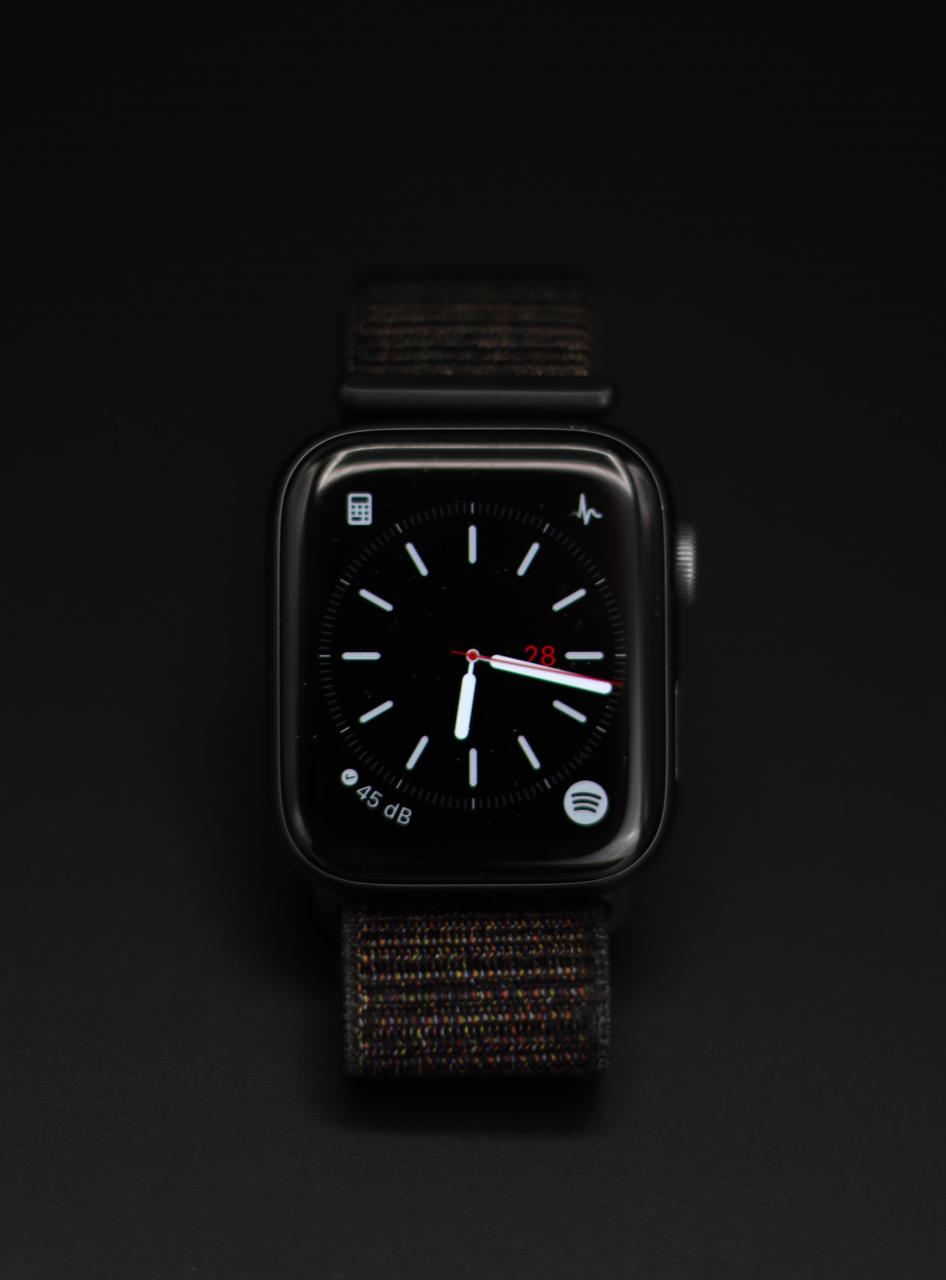Fashion takes inspiration from a wide range of places: nature, film, other cultures, architecture and music. Some clothing throughout history began as a functional item and subsequently became in vogue.
The Elizabethan ruff, for example, was a separate item of clothing that could be washed while keeping the wearer’s doublet or gown clean at the neckline. Technology, however, has become inseparable from fashion from both a design and production angle for the last hundred years.
Gaming and Fashion
The world of gaming has also made its mark on fashion. At its most fundamental the outfits worn to various sporting occasions have in some cases become a uniform unto themselves.
Ladies’ Day at the British racing calendar’s highlight, Royal Ascot has become as much about the extravagant outfits and impressive headgear of the attendees as it has the horses. Wimbledon also brings with it its own preppy smart casual style with a hint of 1920s thrown in for good measure; think cream slacks, blue and white striped shirts and panama hats.
The terrace fashion of 70s and 80s football supporters continues to make its mark today. Brands like Stone Island, Aquascutum, Lyle and Scott and Burberry combined with Adidas and Lacoste footwear laid the imprint for much of the pop culture of the 90s and beyond.

Perhaps amplified by characters such as James Bond often seen frequenting the VIP rooms of international casino gaming establishments such as the Monte Carlo in Monaco, the tuxedo or smoking jacket ensembles he donned kept men’s formal wear at the forefront of high fashion. However people can now enjoy casino gaming online while visiting Virgin Games from the comfort of their own home.
The late great Issey Miyake was known for drawing inspiration from a variety of sources in an equal quantity as he was inspiring others. In 1992 he was asked by the recently independent from the USSR, Lithuanian Olympic team to design their uniform for the Barcelona games.
Video Games and Fashion
The cyberpunk aesthetic, popularized by films like Blade Runner (1982) and The Matrix (1999) can be described as futuristic gothic. The Matrix especially, borrowed a lot of its wardrobe inspiration from Japanese anime and video games with the leading roles cutting instantly recognizable silhouettes.
The clothing consisted of black leather trench coats, PVC catsuits and undersize round lens shades. The aesthetic is more or less immune to era which has contributed to the film’s continued impact even to this day and inspires fashion houses like Balenciaga and Rick Owens.

2020’s long awaited and admittedly disappointing release of action role playing video game Cyberpunk 2077 garnered much of its hype by pushing a similar fashion and art direction, amplifying the synergy between the fashion and video game worlds. The marketing even featured endorsement and a character based on star of The Matrix, Keanu Reeves.
The Metaverse
The line between fashion and gaming continues to blur with the recent development of (formerly) Facebook CEO Mark Zuckerburg’s Metaverse project. The company, which only months ago changed its name to Meta Platforms, launched the platform to a mixed response which might indicate the world’s hesitancy to accept the concept.
One thing seems certain though, it’s just a matter of time before a Metaverse type product is universally adopted, whether it is from Zuckerburg’s imagination or elsewhere. The Metaverse is essentially a virtual reality (VR) social platform where you can embody your own avatar, meet with friends, play games, collaborate and hang out.
Your personal avatar is where fashion comes into the picture. Their digital clothing store is already well underway where people can pay – in real money – to update the look of their digital incarnation.

Brands like Thom Browne, Prada and Balenciaga are already on board though information on the pricing is not yet known. Certainly there are parallels to be drawn between the Metaverse fashion and the burgeoning NFT market, and the public’s perceived value of digital art.
The idea, however, is not necessarily a new one. For years now, Gen Z social media users have been updating their Bitmoji avatars for platforms like Snapchat in much the same way. No matter where the idea of a secondary virtual world sits with you, one advantage which cannot be denied is the reduced need for physical resources and manufacturing that puts an enormous strain on the planet environmentally.

Wearable Tech
Technology continues to be embraced in the wearable tech market, the most successful example being the smartwatch. At one time a niche product, smartwatches now have mass appeal.

Wearers are able to control various phone functions without having to remove their devices from their bag or pocket as well as having a multitude of additional and unique features. Fitness enthusiasts are able to monitor heart rates, sleep quality and even medical emergencies and app developers are increasingly producing watch specific software for the diminutive screen size.
The Apple Watch has a large choice of different straps; leather, woven or silicon to suit any style as well as different color metal cases for the watch itself. And, like your smartphone, changing your background, or in the case of the smartwatch, the face itself is simple so you can match the look to any outfit.
Fashion has had a close relationship with technology since the industrial revolution, as clothing began to be mass manufactured and gaming has always existed somewhere in the same sphere. We stand at the precipice of an exciting time in history and we’re keen to see what the future holds.
